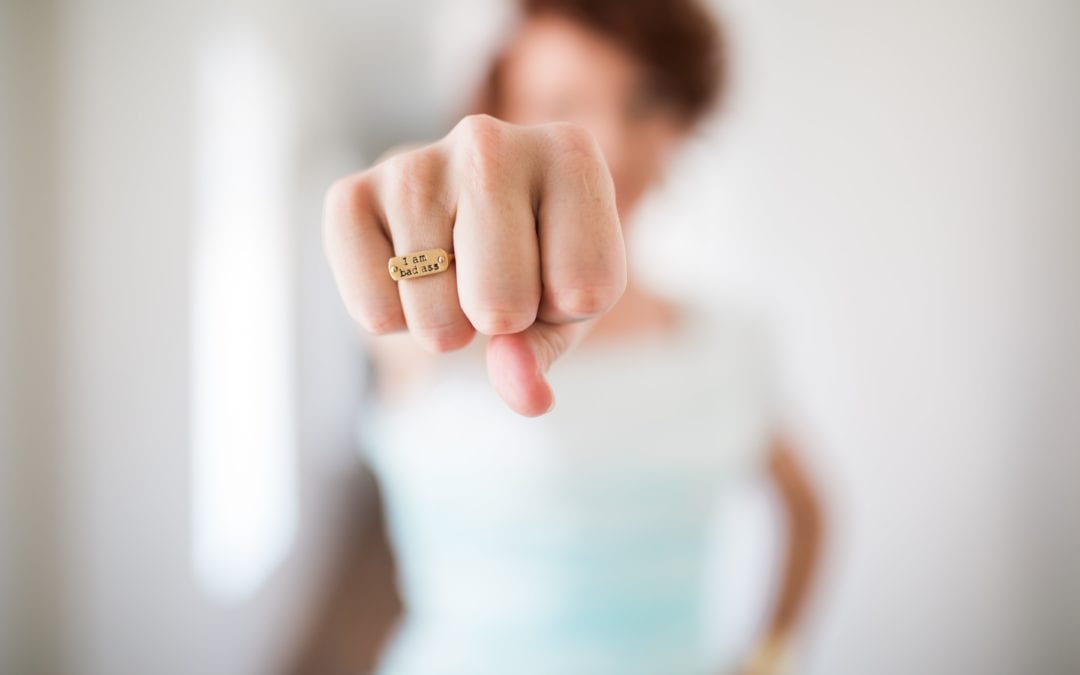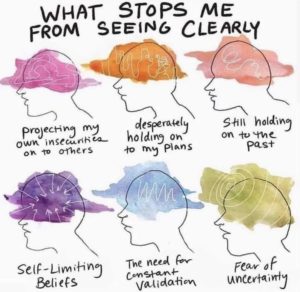‘After my dog, Delia, ruptured a disc and underwent spinal surgery, she was prescribed a recovery process that included rest, physical therapy and… acupuncture. (Yes, animal acupuncturists are a thing.) When I saw how much pain relief she seemed to get from those tiny needles in her fur, I thought, if it’s good enough for her…
Stiff. Sore. Smarting. If these words describe your lower back, you’re not alone.
Every few weeks, during an otherwise uneventful social media scroll, I’m served a new version of a meme that goes something like this: ‘Welcome to your thirties, where sneezing wrong means two weeks of lower-back pain.’ Each time, I feel seen.
Given that these posts rack up thousands of likes and shares, it’s clear I’m not the only one experiencing fits of lumbar lousiness. Research proves me right: up to 23% of the world’s adults suffer from chronic lower-back pain*, with up to 84% of people experiencing at least one bout of lower-back pain during their lifetime*. Adding insult to injury: studies show that women of all ages are more likely to suffer from it than men*.
The pandemic exacerbated the issue – and in ways that you might not expect. Both the prevalence and the intensity of lower-back pain increased during this period, compared with pre-pandemic rates, a recent meta-analysis, published in The Lancet, found. This shift was due, in part, to more sedentary living, but anxiety and stress played a role, too. Here’s some good news: if you’ve resigned yourself to being in pain indefinitely, you don’t need to be, as I learned when I called in the experts.
PAIN POINTS
First things first: let’s define the terms. Here, we’ll focus on what’s known as ‘non-specific’ lower-back pain – an ache or stiffness that doesn’t stem from a diagnosable condition, such as a herniated disc or an infection. (If you believe you’ve injured your back or your pain is a five on a scale of one to 10, it’s important to see your GP.) Non-specific lower-back pain accounts for between 90% and 95% of all lower-back pain, according to the National Institute for Health and Care Excellence, and ranges from acute (lasting less than three months) to chronic (lasting three months or more).
As for what causes it, there’s no one-size-fits-all answer, but there’s a slew of everyday behaviours that aren’t helping (anyone else pulling eight-hour shifts from their non-ergonomically sound sofa?) ‘The majority of the causes are lifestyle,’ says Tatiana Lampa, a corrective-exercise specialist and founder of the app Training With T. ‘Stress, poor sleep and not exercising can be some major factors.’ And there’s a reason the pain manifests around your middle. ‘The lower back is in the middle of the body, so it’s an area that takes stress,’ adds PT Alicia Ferriere. ‘If forces aren’t managed above or below it, pain can appear there.’
Lower-back pain, then, is often a symptom of a deficiency – in strength, flexibility or a combination of the two – elsewhere in the body. Perhaps your core is weak, so instead of sharing the work to keep your torso upright while sitting, it’s forcing your back to do more than it should. Or if your hips are tight, they might be pulling up into your back. But improper form while exercising can create issues, too. Hinges (think: deadlifts) are often performed incorrectly, says Ferriere, with the bend coming from the spine rather than from the hips. Certain types of workouts can also irritate pre-existing lower-back sensitivities. Lampa has her achey clients take a break from HIIT and running. ‘We slow it down to strength training and low-impact workouts until their back is strong enough to support them in high-impact exercises.’
Of course, pain isn’t just about what’s going on in your body, it’s intimately connected with your mind. After all, pain is a result of your brain interpreting bodily signals, so thoughts and emotions may have more sway over how we feel physically than we realise. In fact, pain in this region has been linked with psychological issues ranging from catastrophising to loneliness and social isolation. And while the mechanisms involved aren’t entirely clear, it’s thought that hormones could be playing a role.
Your attitude to pain is significant, too. ‘The narrative we tell ourselves when it comes to pain is huge,’ adds Ferriere. If, whenever you feel a twinge, you think, ‘I can’t do that, it’ll hurt my back,’ you might be perpetuating or worsening your problems for the simple reason that the muscles and joints that allow you to do said movement will have little experience.
As such, when you need to perform the motion you think causes pain (lunges or other staple exercises you avoid, or taking the stairs as you get older), your body will be less amenable to it, perhaps resulting in injury. ‘If you change your behaviours based on pain, this can lead to reduced mobility in the area, potentially creating more harm than good – movement is medicine,’ adds Ferriere. To be clear, that doesn’t mean you should completely ignore your body, but understanding how it responds to pain is key.
MOVE TO HEAL
While the causes vary widely – and manifest themselves differently – experts agree that recovery and prevention, like many other things, ultimately depend on exercise. While you can’t eliminate all stress in your life, you can add a relief plan to your fitness routine. ‘Strength training and mobility drills are the gold standard for decreasing back pain for so many of my clients,’ says Lampa.
Research also lends credence to a blended approach of strengthening and mobilising. For instance, according to a recent meta-analysis, published in Postgraduate Medical Journal, Pilates relieved lower-back pain better than several other forms of singularly focused exercise, such as stretching, aerobic exercise and general strengthening alone.
Striking the right balance between strength and flexibility work will look different depending on your body’s unique needs. While those who are stiffer by nature will require more mobility, those whose bodies are naturally looser will need to do more strength work. As Ferriere puts it, “You’re looking to do both”‘.
Taken from Back in Business by Amy Wilkinson from Women’s Health



Recent Comments